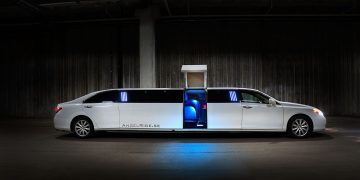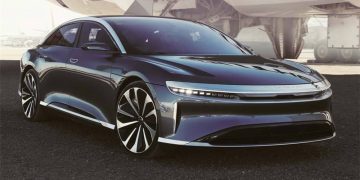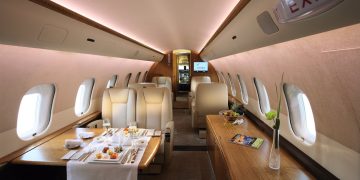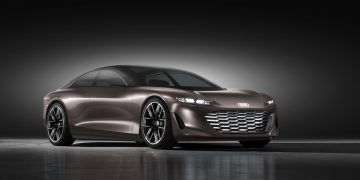For decades, flying cars have been a staple of futuristic science fiction, symbolizing a utopian society where technology has reached its peak. From the iconic scenes in movies like The Jetsons to the much-anticipated depiction in Blade Runner, flying cars have captivated our imaginations as the ultimate solution for rapid urban mobility. However, what was once an impossible dream is now steadily turning into a tangible reality. Several companies worldwide are investing millions into the development of flying cars, with prototypes already being tested and refined.
But while we may be on the cusp of a transportation revolution, flying cars are still far from becoming a mainstream solution. The journey from a futuristic fantasy to practical luxury transportation is complex, requiring breakthroughs in aviation technology, infrastructure, and regulatory approval. This article explores the emerging world of flying cars, examining their potential, the companies at the forefront, the obstacles they face, and the environmental and legal concerns that need to be addressed before these vehicles take to the skies.
Current Technologies: A Look at the Companies Leading the Way
Several companies are already developing prototypes for flying cars, each taking a unique approach to the concept. Some focus on creating vertical takeoff and landing (VTOL) vehicles, while others are exploring hybrid models that combine car-like functionality with aerial capabilities. Below are a few of the leading companies in this field:
- Terrafugia – Acquired by Geely, the parent company of Volvo, Terrafugia has been a pioneer in the flying car industry. Their Transition model, which has wings that fold up for driving on roads, is one of the most well-known examples. It is designed to be practical for everyday use, with a road-ready version and the ability to take off from small airstrips.
- AeroMobil – Based in Slovakia, AeroMobil has developed a flying car that can switch between driving and flying modes. The AeroMobil 5.0 VTOL prototype combines sleek car design with the functionality of an aircraft, promising ease of use in both urban environments and airports.
- Joby Aviation – Specializing in electric vertical takeoff and landing (eVTOL) aircraft, Joby Aviation’s vehicles are designed to be used as part of urban air mobility (UAM) services. The company’s vision is to provide an on-demand air taxi service for the wealthy, utilizing a fleet of electric-powered flying cars capable of reaching speeds of up to 200 miles per hour.
- Vertical Aerospace – A UK-based company focused on developing eVTOL aircraft, Vertical Aerospace is working on the VA-X4, a prototype electric flying vehicle that could revolutionize short-distance travel. Their vision is to integrate flying cars into the broader transportation ecosystem, reducing congestion on the ground and offering a clean, efficient alternative to traditional air travel.
- Lilium – Another eVTOL company, Lilium has developed the Lilium Jet, a fully electric, five-seat flying car capable of vertical takeoff and landing. Lilium envisions a network of flying taxis that will shuttle passengers across cities at high speeds, creating a new form of urban transportation that is both sustainable and efficient.
Advantages of Flying Cars: How They Redefine Convenience for the Wealthy
Flying cars hold immense appeal for the wealthy, promising to transform their daily commutes and travel experiences. In the near future, it is likely that the first widespread use of flying cars will be in the luxury sector, offering an ultra-convenient and fast mode of transportation. The advantages of flying cars, especially for the affluent, are numerous:
- Time Efficiency – One of the primary benefits of flying cars is the ability to bypass the ground traffic that plagues many urban centers. With the option to fly over congested roads and take direct routes to destinations, flying cars would dramatically reduce travel times, enabling high-net-worth individuals to maximize their schedules.
- Exclusivity and Comfort – Flying cars can be customized to offer the highest levels of comfort and luxury, with amenities like plush seating, state-of-the-art entertainment systems, and panoramic views. For the wealthy, flying cars could offer an experience that combines the convenience of a personal vehicle with the exclusivity of private aviation.
- Access to Remote Locations – The ability to land in remote or otherwise difficult-to-reach locations could make flying cars ideal for those with vacation homes, resorts, or business interests in hard-to-access areas. Whether it’s a secluded island or a mountain retreat, flying cars could provide quick access to destinations previously reserved for private jets.
- Increased Mobility for Business – Flying cars could revolutionize the way business leaders travel, offering more flexibility in their schedules. Instead of being tethered to airports or waiting for commercial flights, businesspeople could hop into a flying car and quickly reach multiple meetings across a city or even in neighboring cities.
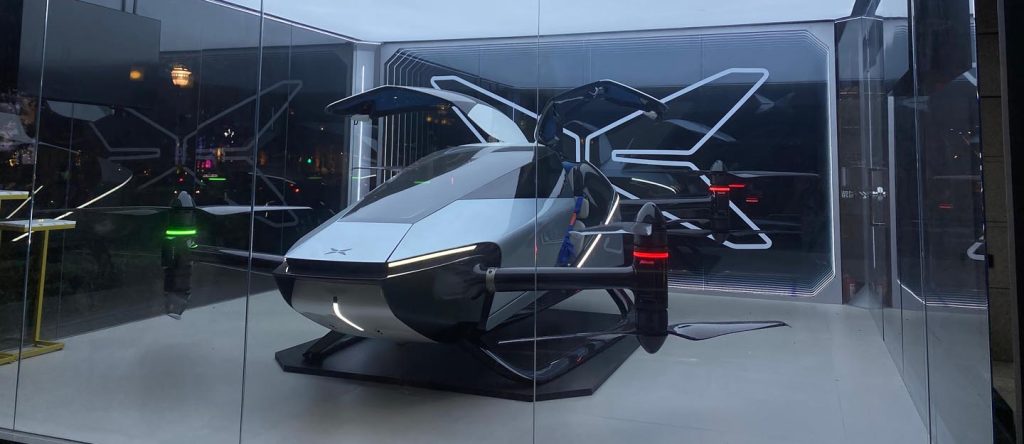
Environmental Impact: Are Flying Cars a Sustainable Mode of Transport?
One of the most pressing concerns about the widespread adoption of flying cars is their environmental impact. Given the global focus on sustainability and reducing carbon emissions, it’s important to understand how flying cars fit into the broader context of environmental responsibility.
On the one hand, electric-powered flying cars, such as those developed by Joby Aviation and Lilium, promise to be a cleaner alternative to traditional combustion engines. These vehicles would significantly reduce the reliance on fossil fuels and lower carbon emissions associated with air travel. In fact, electric flying cars could help reduce noise pollution and emissions in urban areas, offering a more sustainable solution to traffic congestion.
However, the environmental footprint of flying cars is not without concerns. The manufacturing of electric batteries, necessary for powering eVTOL vehicles, has its own environmental impact, particularly when it comes to resource extraction, energy consumption, and waste management. Additionally, widespread adoption of flying cars could increase energy demand, especially in cities where these vehicles would need to be charged frequently.
The key to making flying cars a sustainable mode of transportation will depend on innovations in energy production (such as renewable sources) and battery technology. The development of more efficient batteries and clean energy solutions could mitigate the potential environmental risks.
Legal and Regulatory Barriers: What’s Stopping Us from Flying Today?
While flying cars hold tremendous potential, several legal and regulatory hurdles need to be overcome before they can take to the skies on a large scale. Governments around the world will need to develop a comprehensive framework to ensure the safe and efficient integration of flying cars into existing transportation systems.
- Airspace Management – With flying cars expected to operate in both urban and rural environments, managing airspace will be a significant challenge. Air traffic control systems, which were designed for airplanes, will need to be adapted or entirely redesigned to accommodate the large number of flying vehicles.
- Safety Standards – The introduction of flying cars will require the development of new safety regulations to ensure that these vehicles are airworthy and that passengers are protected. Whether it’s creating stringent testing protocols or developing crash-resistant designs, the safety of flying cars must be guaranteed before they can be widely adopted.
- Licensing and Training – Just as commercial pilots undergo rigorous training and certification, flying car operators will need specialized training and licensing. Whether individuals will be able to fly their own vehicles or if they will need to hire trained pilots remains to be seen.
- Infrastructure – Flying cars will require specialized infrastructure, including designated landing pads, charging stations, and maintenance facilities. Cities and airports will need to invest in this infrastructure to make flying cars a viable option for mass transportation.
- Insurance and Liability – Determining who is liable in the event of an accident involving a flying car presents a complex legal challenge. Insurance companies will need to develop new policies to cover these vehicles, and laws will need to address issues related to accidents, property damage, and injuries caused by flying cars.
Conclusion: When Will Flying Cars Become a Mainstay of Luxury Transport?
The question of when flying cars will become a common sight on the roads and in the skies remains uncertain. While it’s clear that the technology exists, the adoption of flying cars will depend on overcoming significant challenges in regulation, infrastructure, and sustainability. However, for the luxury market, the dream of flying cars is already becoming a reality for the ultra-wealthy, with several companies moving closer to commercializing these vehicles.
As regulatory frameworks evolve and technology improves, it’s likely that flying cars will start to enter the mainstream within the next few decades. For now, they remain a highly exclusive mode of transportation for those who can afford them, but their widespread use could very well change the way we think about travel in the near future.

